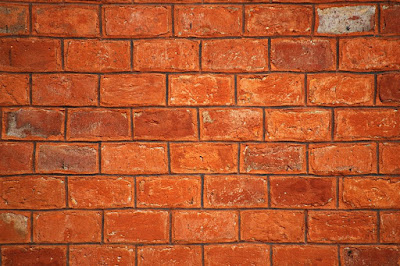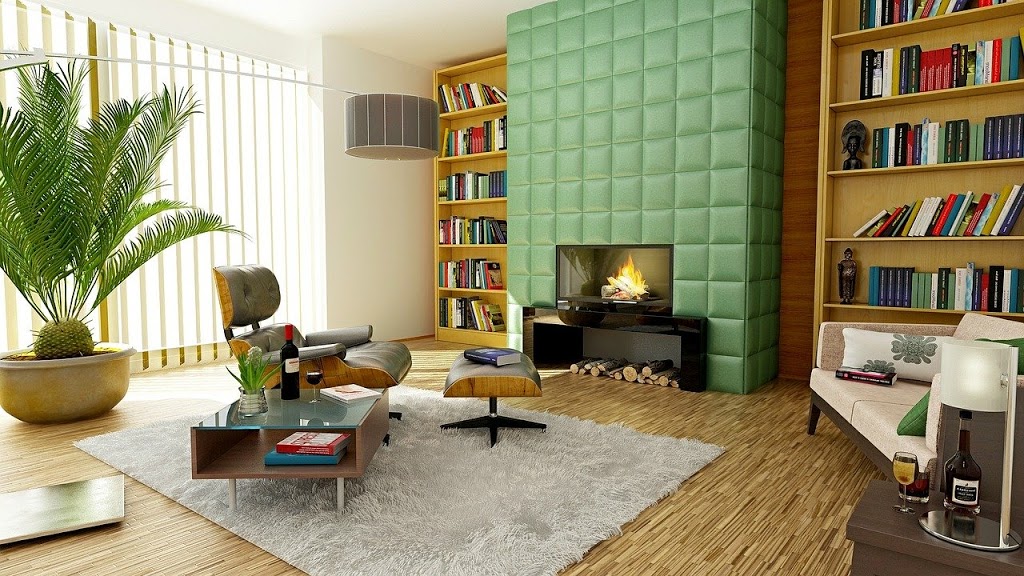REINFORCED BRICKWORK (R.B. WORK)
MATERIALS
Brick should be strict of first-class quality and mortar shall be of fresh Portland cement. Fine aggregate should be clean and free from foreign matter. Steel reinforcement shall be of standard specification as described in items.
CENTERING AND SHUTTERING
MIXING OF MORTAR
LAYING
After the bricks have been laid and arranged to center in a straight line over the whole area fresh mixed mortar shall be placed into the gaps in between the bricks to a thickness of 2.5 mm. Reinforcing rods already cut to the correct length and bent and hooked as per design shall be placed exactly at the center of the joint and pressed down into the mortar to leave 12 mm clear mortar below the bar. The joints shall then be filled in entirely with fresh mortar. A newly laid portion shall not be troubled or disturbed or walked over. Each slab must be laid in one operation. Necessary care should be taken that the reinforcement at all points is completely surrounded by mortar.
Centering and shuttering shall be stripped slowly and carefully without any shock not earlier than 10 days. After stripping off the centering if the work is found defective and steel is exposed and visible to a sufficient extent the work shall be dismantled and reconstructed. If the steel is exposed at few places only, then they should be covered with rich cement mortar of 1:2 proportion by putting the mortar into the gaps immediately after the removal of the centering while the laid work is green in state.
For double layers, the upper layer should be laid with joints of 10 mm thickness with 1:3 proportions cement and coarse sand mortar immediately after laying the bottom layer. If there are any top bars provided in the upper layer, the joints shall be thicker as for the bottom layer.
2.5 cm to 4 cm thick cement concrete of 1:2:4 proportion may be provided over one layer of R.B. work if specified to have substantial compressive strength.
CURING
After about two hours laying when mortar and concrete has begun to harden, it shall be kept damp by covering with wet gunny bags or wet sand for 24 hours, and then cured by flooding with water making mud walls 7.5 cm high or by covering with wet sand or earth and kept damp continuously for 15 days.
MEASUREMENT
PLASTERING
The joint of the brickwork shall be raked out to a depth of 18 mm and the surface of the wall shall be washed and kept wet for at least two days before plastering.
The materials of mortar, cement, and sand or lime and surkhi or sand, or kankar lime as specified should be of standard specification as given in the Indian Standards Code or if any mentioned. The materials or mortar shall be first dry mixed properly, by measuring with boxes having defined volume to have the required proportion and then water added slowly and gradually and mixed thoroughly.
The thickness of plasters shall be as specified usually 12 mm in thickness and applied in two or three coats. To ensure uniform thickness of plaster, patches of 15 cm X 15 cm strips 1 m apart and 10 cm wide plasters shall be applied first at about 2 m apart to act as a guide for maintaining the level. First mortar shall be dashed and pressed over the surface to be plastered and then brought to a truly smooth and uniform surface by means of float and trowel. External plastering shall be started from top portion and worked down towards the floor. Internal plastering shall be started when the building frame is ready and the centering of the roof slabs has been stripped. Ceiling plastering must be completed before starting of the wall plaster. The plastered surface shall be kept wet for 10 days for gaining proper strength. The surface should be protected from heavy rain, sun, frost, etc., and cured properly.
Curing shall be started as soon as the plaster has hardened sufficiently not to be damaged during watering. The plastered surface shall be kept wet for at least 10 days. Any defective in the plastered surface shall be cut in rectangular shape and replace.
POINTING
The joint of the brickwork shall be raked out to a depth of 20 mm and the surface of the wall should be washed and cleaned and kept wet for two days before pointing.
The material of mortar shall be first dry mixed properly by measuring with boxes to have the required proportion as specified (1:2 or 1:3 for cement and sand mortar, 1:1 for lime surkhi mortar or kankar lime mortar), and then thoroughly mixed by adding water slowly and gradually.
Mortar shall then be applied in the joints a bit in excess and pressed by a proper tool of the required shape and size. Extra mortar if any is removed and the surface is finished smoothly. Mortar shall not spread over the face of bricks, and the edges of bricks shall be clearly defined to give a neat and aesthetic appearance. After pointing the surface shall be kept wet for at least seven days.



